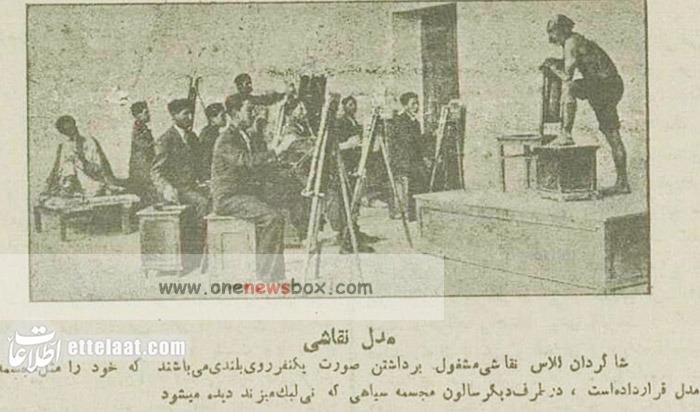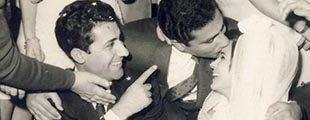Blending Tradition and Modernity
The curriculum was deliberately hybrid. Students might spend one morning sketching from plaster casts of classical sculptures and the afternoon practicing the ancient knot patterns of Kashan carpets. This integration was meant to produce artists who were both guardians of heritage and innovators capable of adapting to contemporary markets.
Apprenticeship Meets Academia
The project borrowed from both the traditional Iranian apprenticeship model—learning directly from a master over years—and the European-style academy model with structured courses, examinations, and diplomas. Graduates could thus present themselves as trained professionals in both local and international contexts.
Outreach and Recruitment
The program targeted both young people with artistic inclinations and experienced craftspeople seeking to refine or expand their skills. Regional workshops and traveling instructors helped bring training to cities beyond Tehran, ensuring that the revival effort was not purely urban-centric.
Cultural and Economic Impact
Reviving National Pride
The fine crafts revival project was as much about identity as economics. By emphasizing Iran’s artistic heritage, the state promoted a narrative of cultural continuity stretching back to the Achaemenids and Safavids. Exhibitions often framed contemporary crafts as direct descendants of imperial-era achievements.

